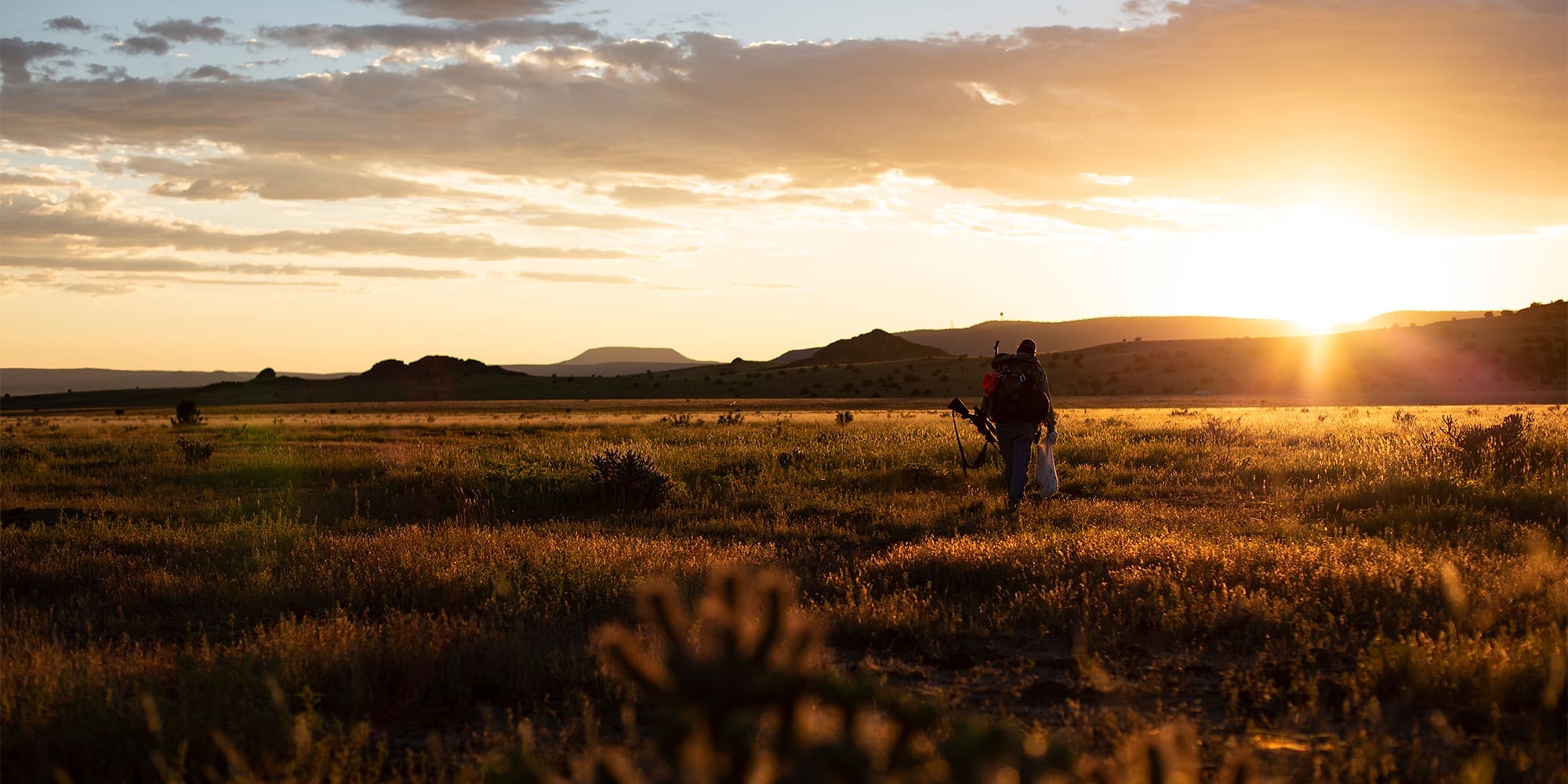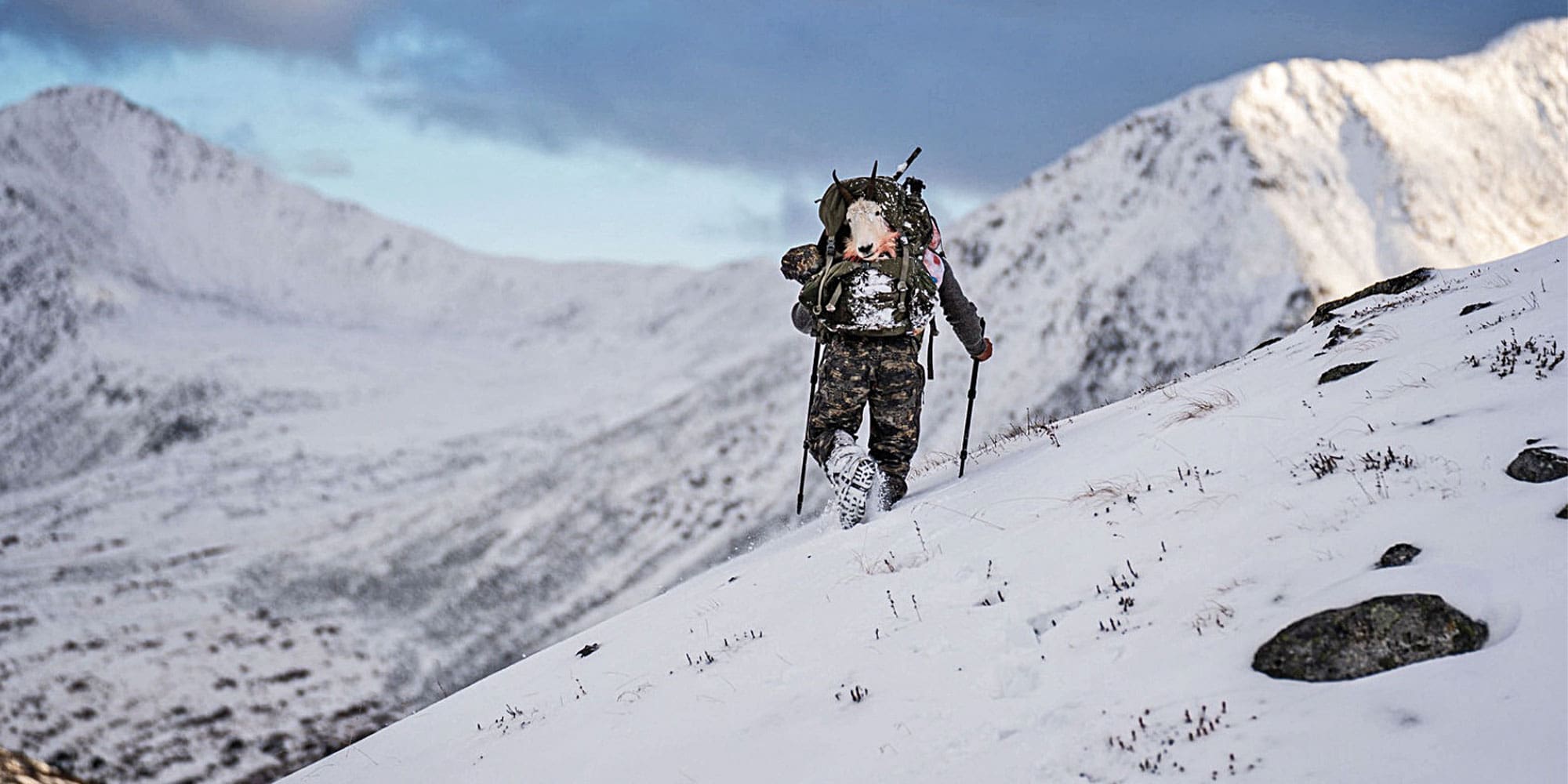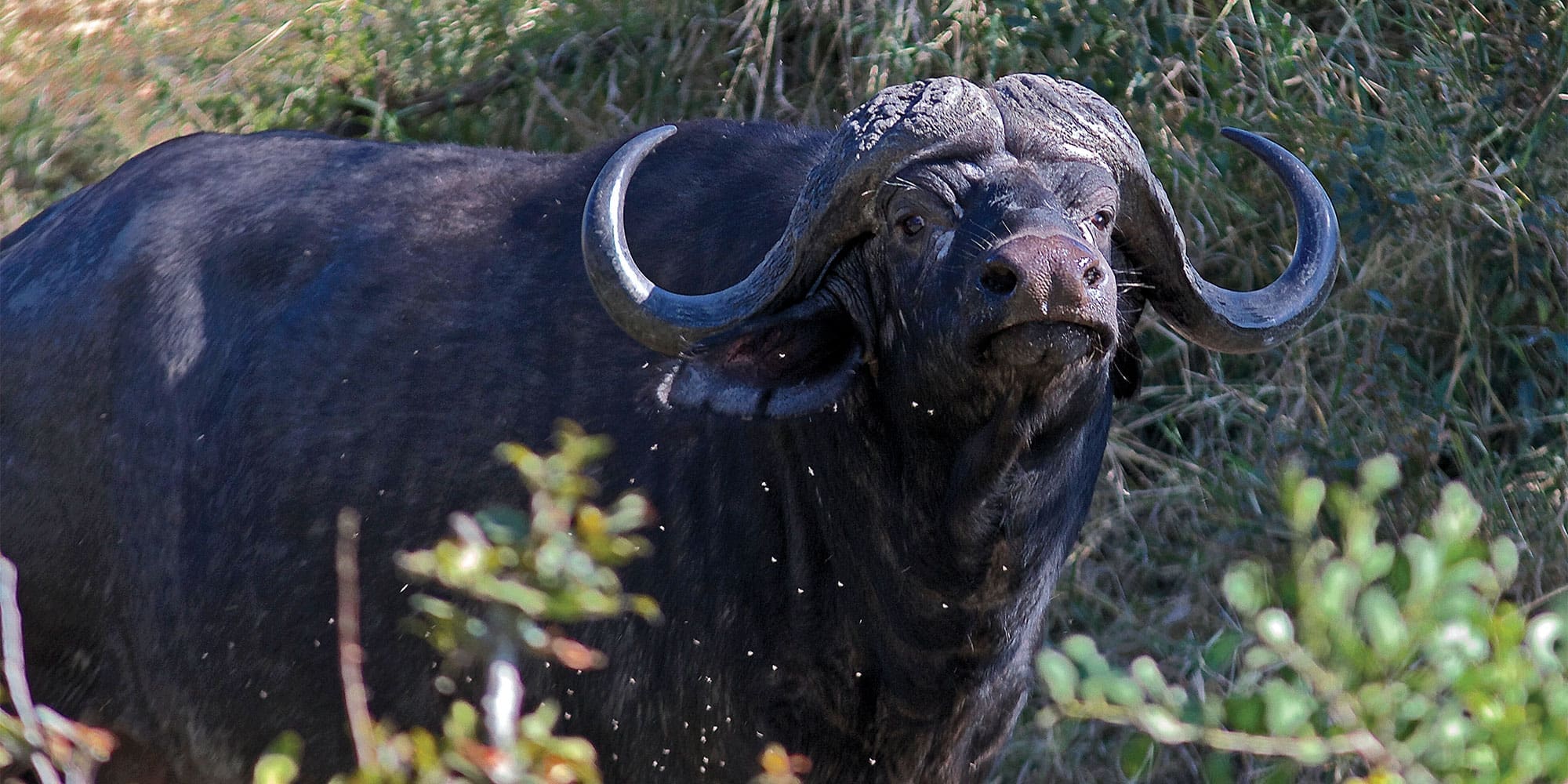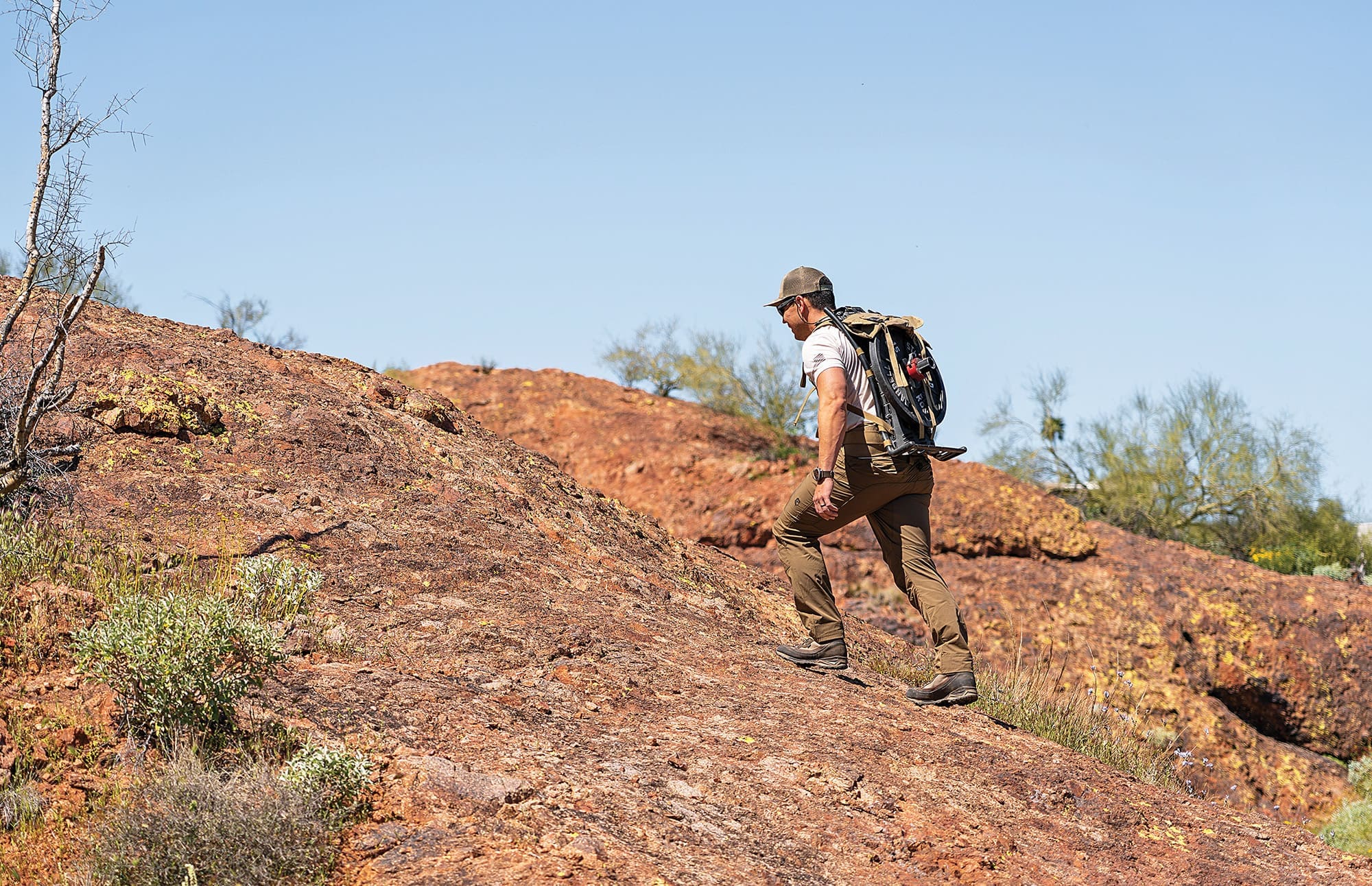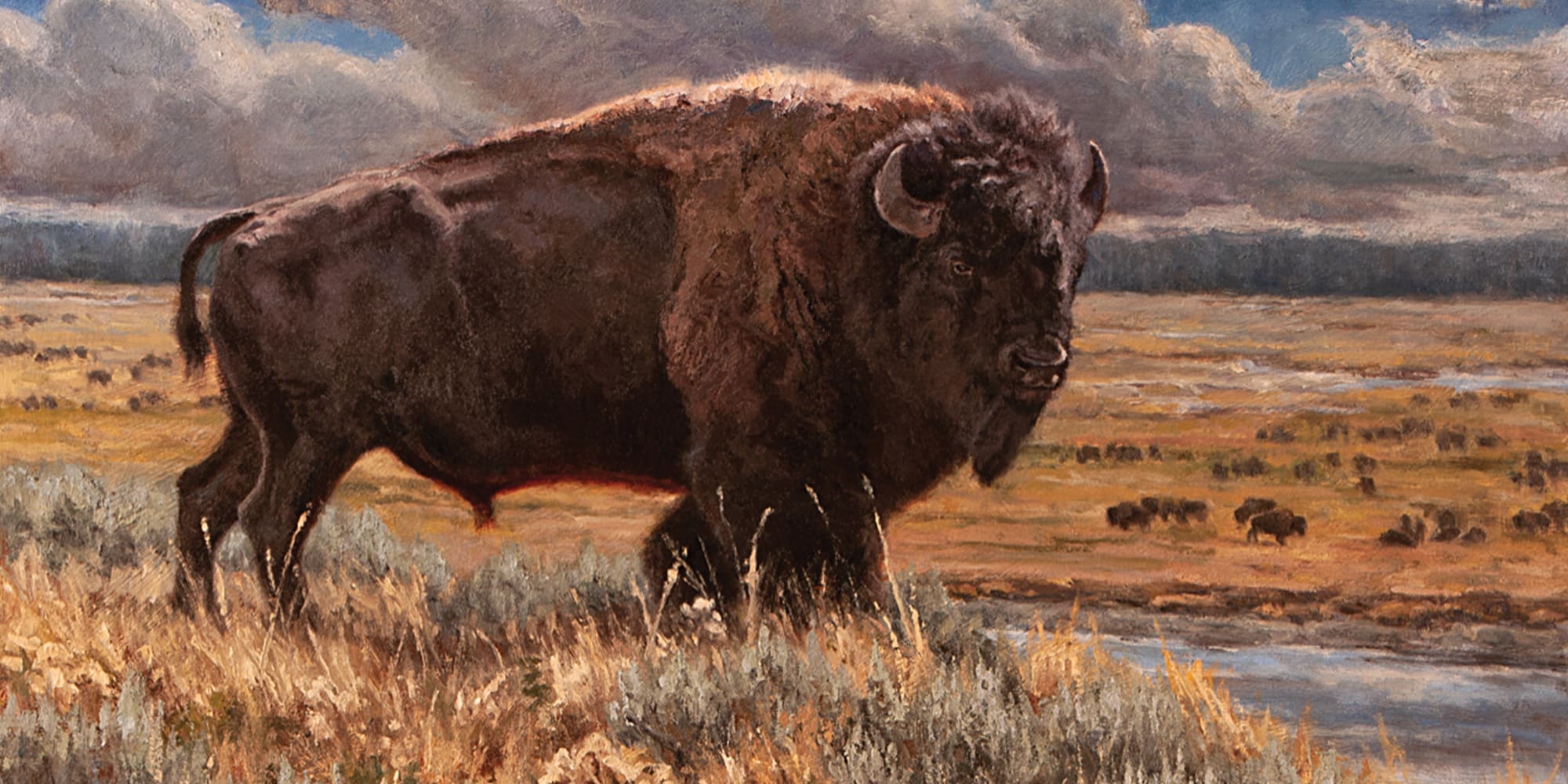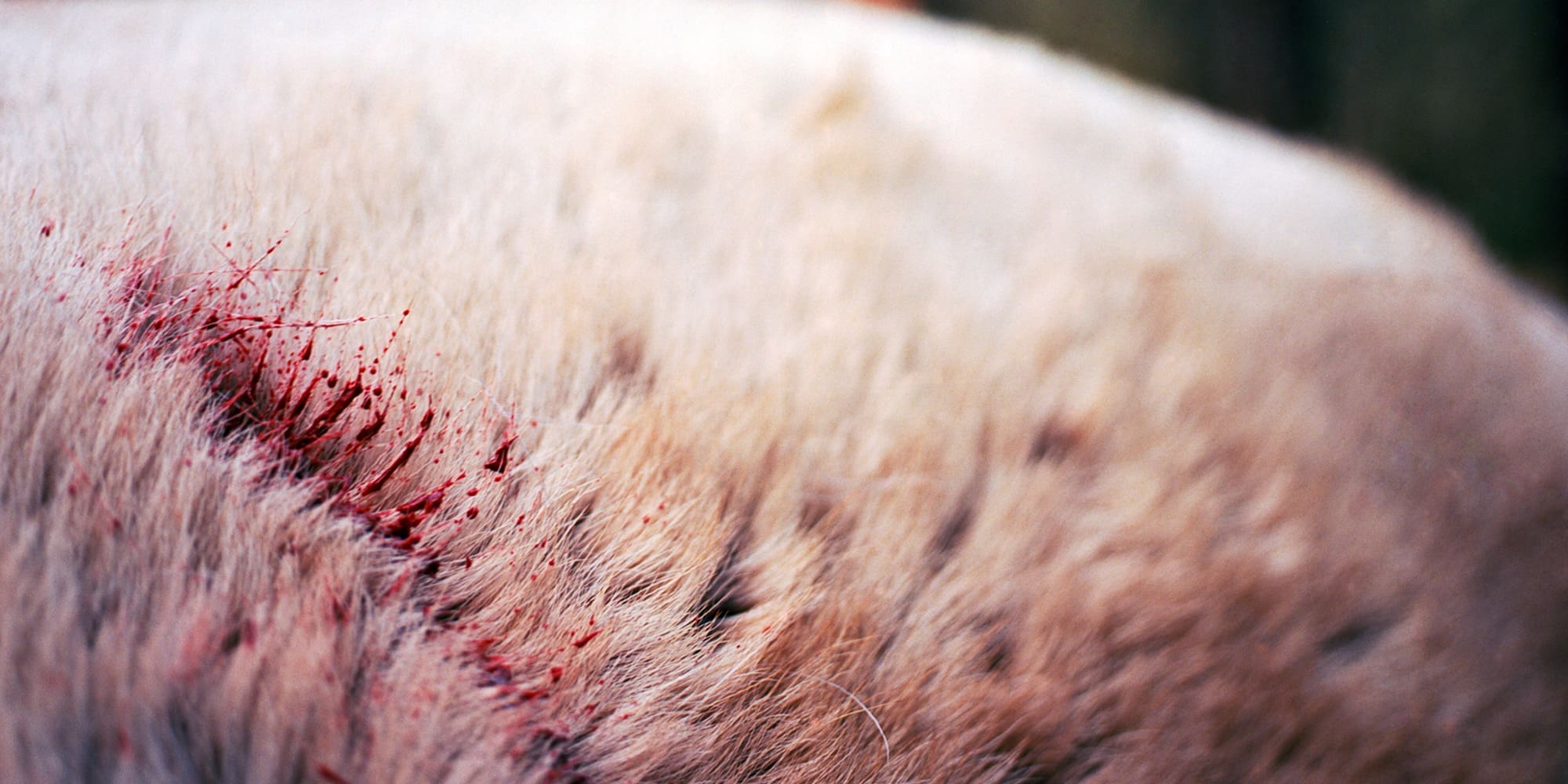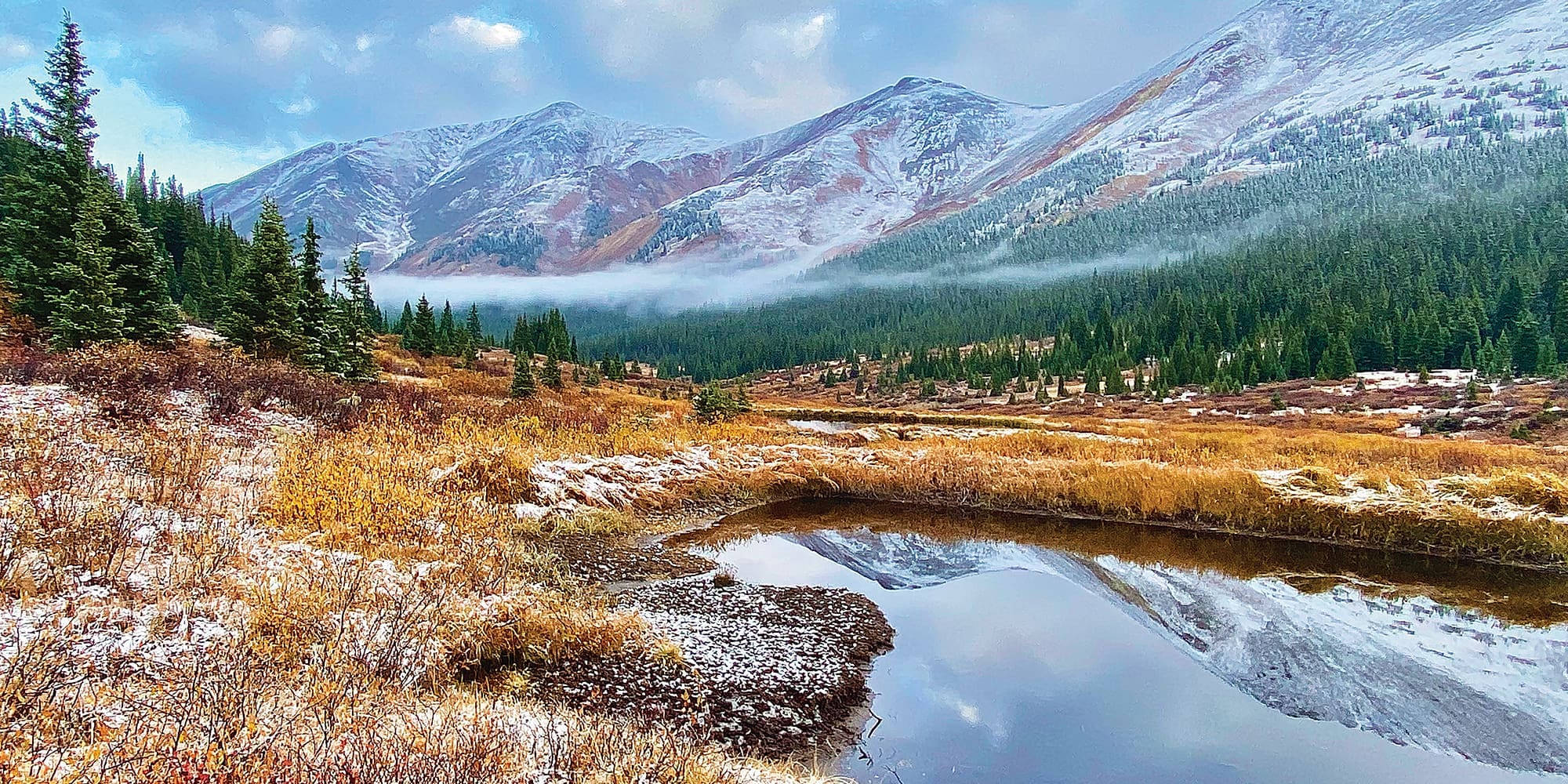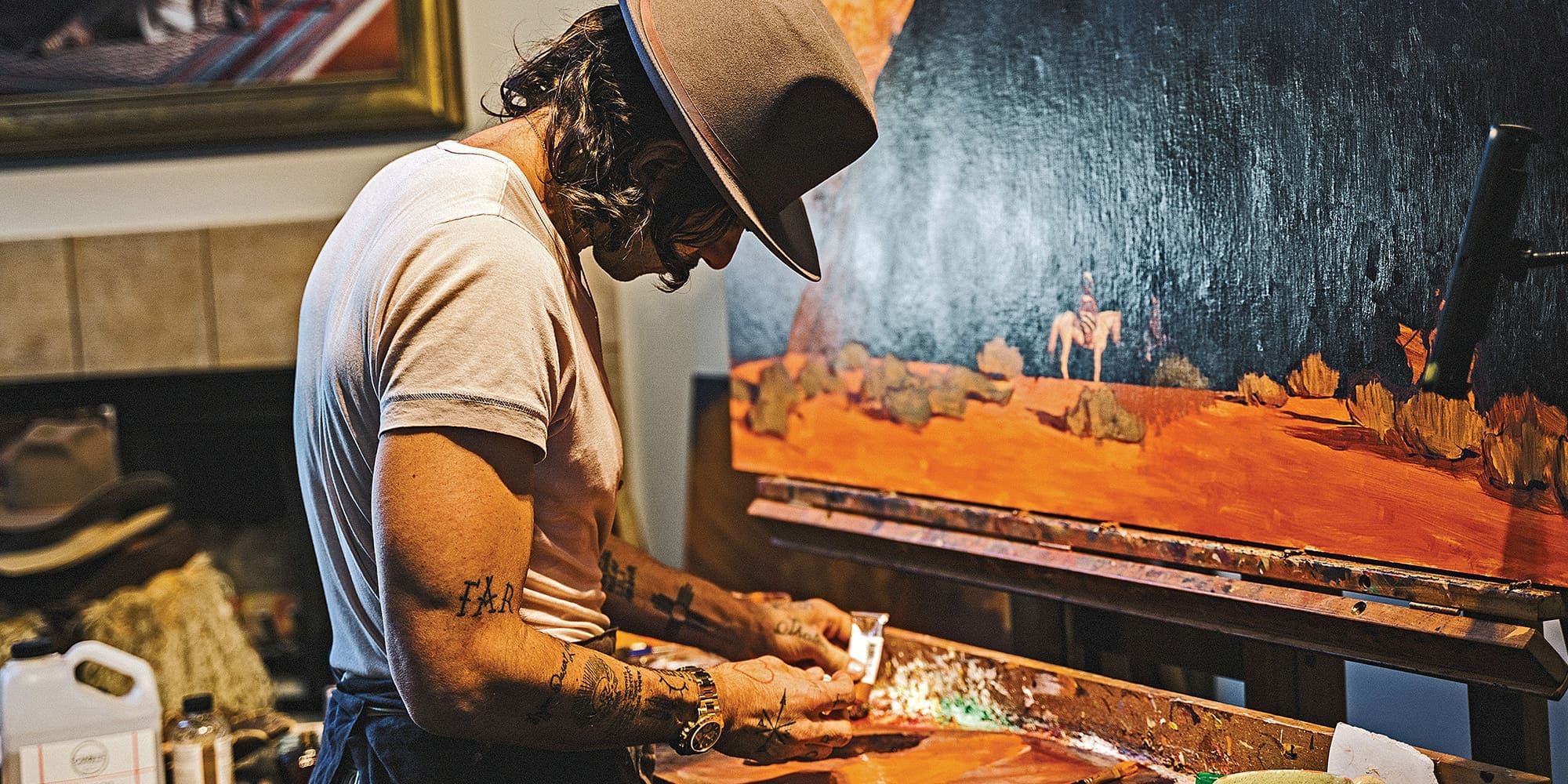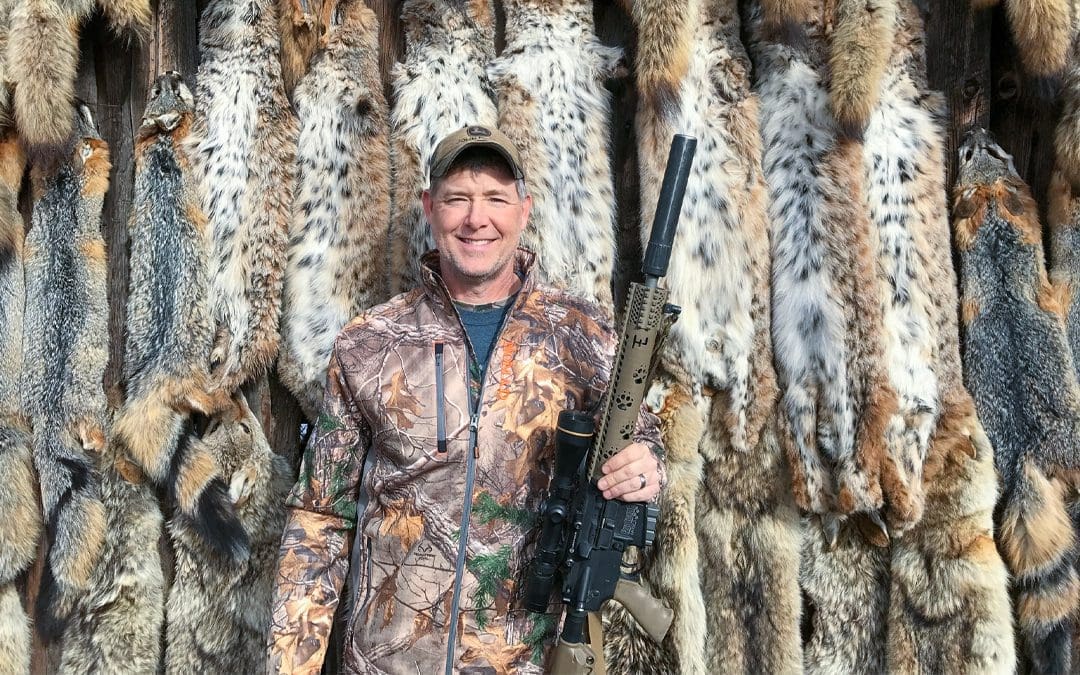
NOTICE: Certain links on this post may earn a commission for Western Hunter Magazine from Amazon or our other affiliate partners when you make a purchase. Thank you for your support.
Turning Predator Hunting Into Profit
The bobcat came sneaking into the sounds my electronic call was sending into the cold winter air while I was out predator hunting. I shot him at 100 yards for three reasons: 1) I was confident I could make the shot; 2) the large tom had been killing lots of turkeys and I had been finding his kills all over the ranch; and 3) I knew the pelt was worth a good amount of money. His pelt ended up bringing a little over $750 at the North American Fur Auction last year and that’s nothing to sneeze at. It made a truck payment and paid for some gas to boot.
Predator hunting isn’t only fun and challenging. In many cases, you’re helping save all kinds of animals, from small songbirds to larger game like deer. In fact, predator hunting is such a large part of game management that multiple states offer bounties on certain predators like coyotes.

My wife and I passed by a shop at the Shot Show in Vegas and she had to stop and check out the furs. I often wonder if any of my hides have been made into an expensive finished garment like these.
To me, selling furs is like stepping back in time. The fur trade was one of the first industries in North America and is still a booming business even today. This point hit home when on a trip to Las Vegas for the Shot Show last January. My wife spotted some fur coats in the window of a shop in one of the large casinos we passed through on our way to the show. I can assure you I was astounded at the crazy price tag attached to the fur jackets. Needless to say, they stayed on the rack after she tried a few on, but I couldn't help but wonder if one of my hides had ever graced one of these expensive finished garments.
What's amazing is that hide preparation hasn't changed much at all since the 1600's. It's still the same basic method of skinning, fleshing, and drying the hides. The other bonus of selling fur is that the only thing better than doing something you enjoy is to get paid to do it.
Shooting Choices for Minimizing Hide Damage
Before heading afield with visions of a large payday running through your mind, there are some basics you need to know. Having the right caliber and bullet for the animal you’re after is an important decision. A quick, clean kill with minimal fur damage is always the goal. Fortunately for us, there are lots of great caliber and bullet options available.
Things to consider are the range you will be shooting and the animals you plan to harvest. Since I don't want to have five different calibers for different predator hunting scenarios, one of my main go-to calibers is the .223. It's relatively inexpensive ammunition to buy and many companies have multiple bullet weights and configurations.

Leaving the feet on can bring a slightly higher price, but I usually just cut above the feet on my hides.
For bullets out of my .223, I like the Hornady 53-grain Superformance with the V-max bullet. It was designed for predators, and with bobcat and coyote-sized game, it drops them quickly and rarely exits. If it does, it usually leaves minimal fur damage.
For smaller predators like fox or badger, I usually prefer a .17 centerfire or a .22 rimfire. Another great option, especially if predator hunting close to town or within the city limits (in areas where it is legal) is a .25-caliber or .357-caliber air rifle. I often use my Benjamin Marauder or Benjamin Bulldog for coyote-sized predators down to fox or even pine martens. An air rifle has plenty of killing power with almost no fur damage.
Lastly, don't overlook the scatterguns for predators. A load of #2 or BBs in the right shotgun will easily take down predators out to 60 yards with very little fur damage as long as you don't let them get too close, depending on your choke and gauge choice.
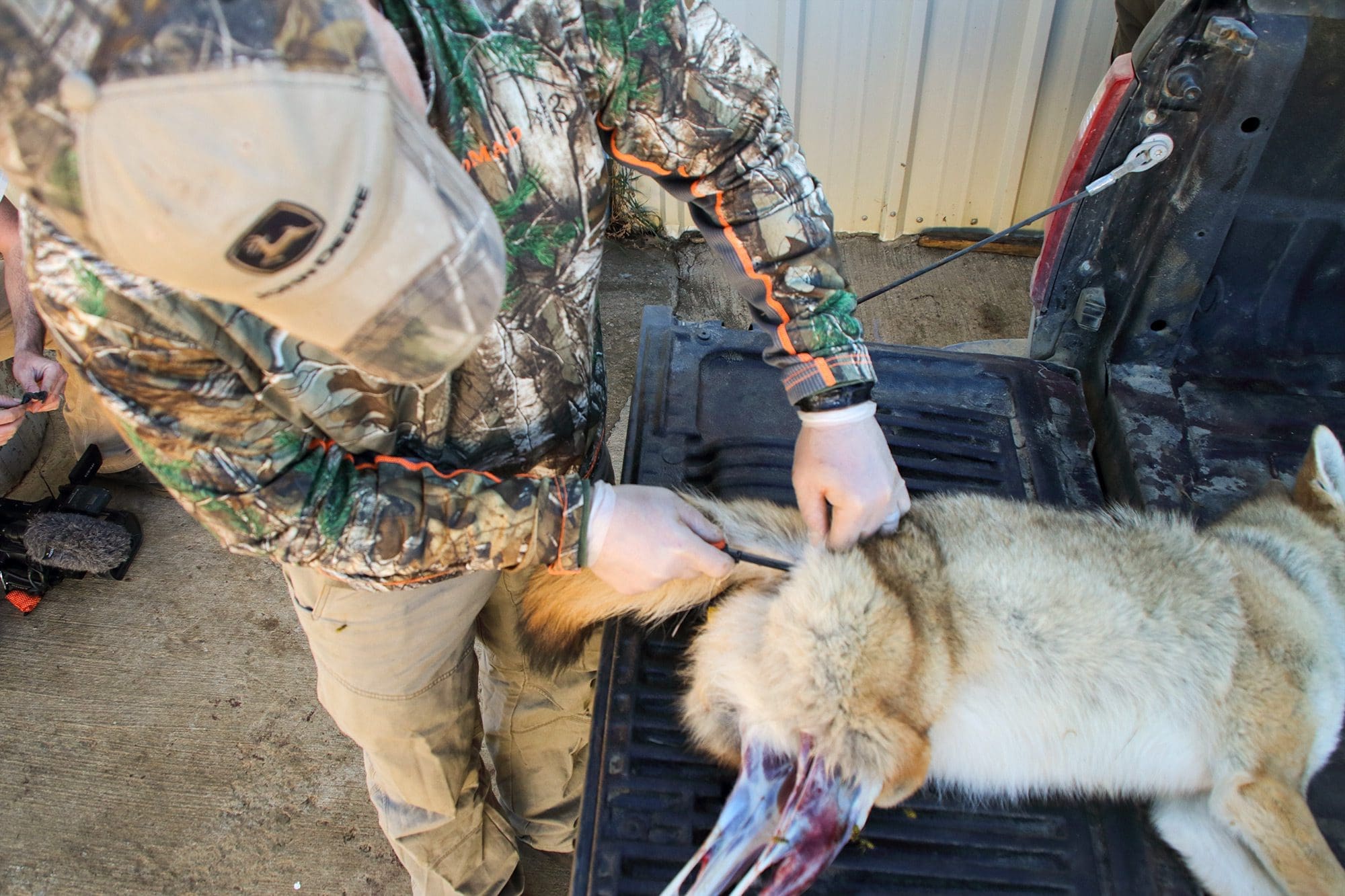
To case skin an animal, you start from one hind leg, skin past the anus and down the other hind leg, and then peel like a sock. A super sharp knife like the Outdoor Edge Razor Blade with replaceable razors is a necessity when skinning and making precise cuts.
Hide/Fur Prep
On the business side, the two most common ways to sell fur are whole carcass or skinned and dried. Most local fur buyers will purchase animals un-skinned. The disadvantage to this is that you are only paid a fraction of what the fur is worth because you are letting someone else do all the work.
For example, if a buyer is willing to pay $17 for an un-skinned coyote, that same pelt stretched and dried may bring as much as $85 for just a little more work. I prefer to do the skinning and stretching myself to increase my profit margin for my fur. It's really pretty simple once you learn how. The following are some tips that will help you turn your successful predator hunting into some extra cash.
We will tackle other furs another time, but for now, let’s discuss the big three as I like to call them. Coyotes, bobcat, and fox (as well as many other animals) are sold “cased”, which means tubed like a sock with the fur side out.

After deboning the tail, it's crucial to open the tail all the way to the tip to prevent slipping and ruining the pelt.
To case skin an animal, you make an incision from one rear paw following the back of the hindquarter past the anus to the other rear paw, following the hairline that separates the longer hair from the shorter hair found on the backside of the hindquarters. I also slit the tail carefully up the bottom side starting at the anus to about halfway up the tail. For a little more money you can skin out the feet, leaving the claws and pads on, but most of the time, I just cut the skin off above the paws.
Skin the hide down by hanging the animal by one or two rear paws. Carefully pull/skin the tail down halfway and then, using a tool called a tail bone puller or by using a tight grip on the tail bone, pull the hide off the tail. This is commonly called de-boning the tail. After the bone is out, use a sharp knife to slit the tail carefully all the way to the tip, continuing your cut on the underside of the tail. If you don't do this, the hair will slip and fur buyers will drastically reduce the price they will pay.
Be sure to carefully work past the eyes, leaving eyelids, ears, and nose on the hide. If you need more instruction, I have YouTube videos of skinning available on my YouTube channel. The pelt or hide will now be inside out.
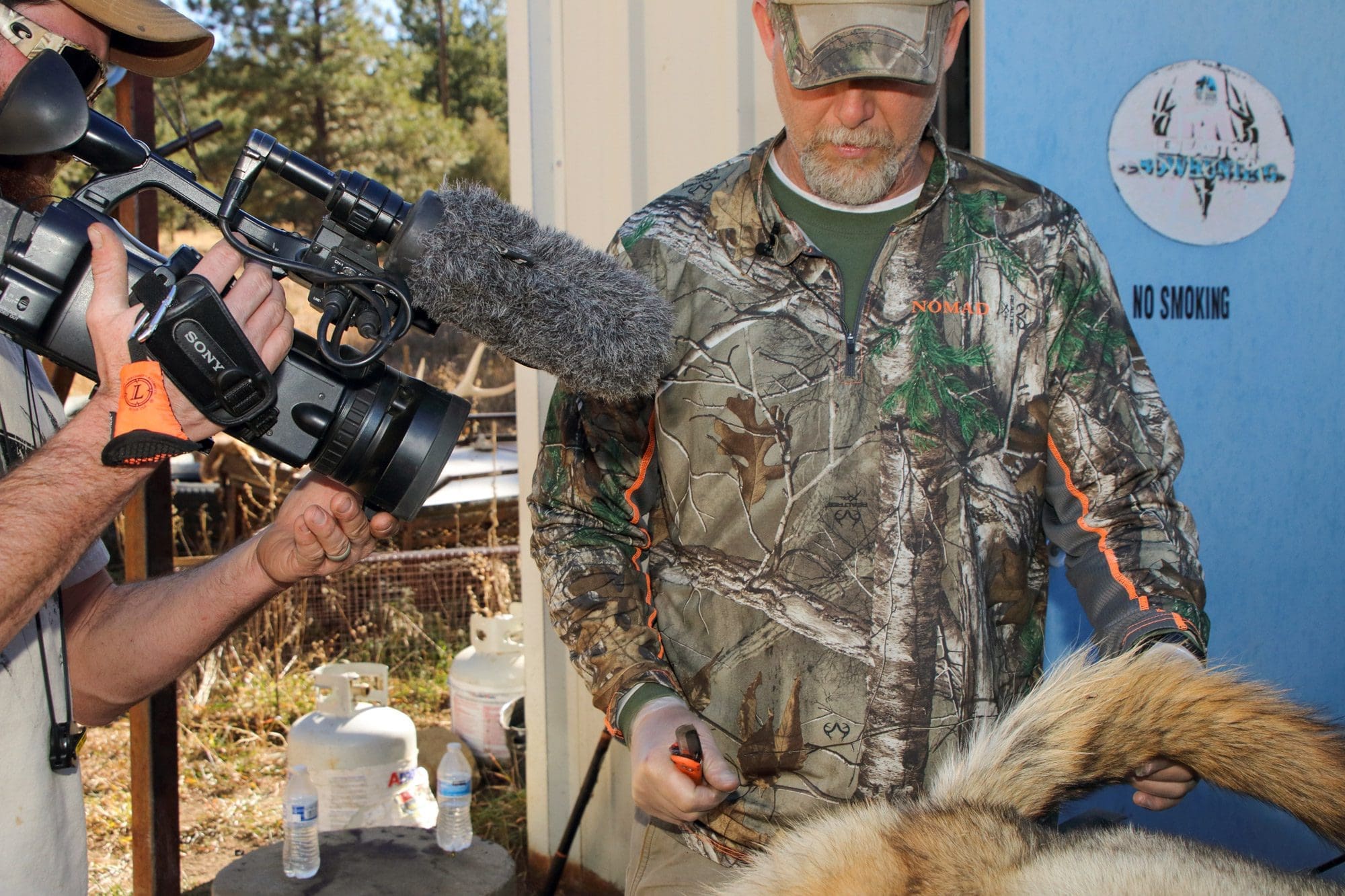
You can go to my YouTube channel to watch the entire process on video.
Next, I flesh the hide, removing any meat from the pelt. The next step is to place the pelt “fur side in” on a stretcher. Once you have some experience, you can make one, but in the beginning it’s easier to buy wire or wooden stretchers from a trapping supply house. Make sure the pelt fits snugly and evenly on the stretcher and use either pins or small nails on wooden stretchers or provided hide grabbers on wire stretchers to pull the fur tight. Remember, presentation is very important to fur buyers, so be sure to put the hide on the stretcher evenly.
After the hide is dry to the touch, you carefully remove the hide from the stretcher and turn it fur side out and put it back on the stretcher fur side out. I usually leave a hide skinside out on a stretcher for one to three days depending on humidity and weather. I leave it fur side out on the stretcher for the same one to three days.
The most common mistake is to leave a hide on a stretcher too long, causing it to become too dry. Then, it’s nearly impossible to turn it back out without tearing. Every trapper or person out predator hunting that dries his or her own fur has a few horror stories of doing this incorrectly. It's simple once you get the feel for it.
You can take fur preparation as far as you want to take it. The best presented furs always sell the best and many serious fur sellers, including me, have washed hides in washing machines and even dried them in tumblers with wood shavings or sawdust to really clean the hides.
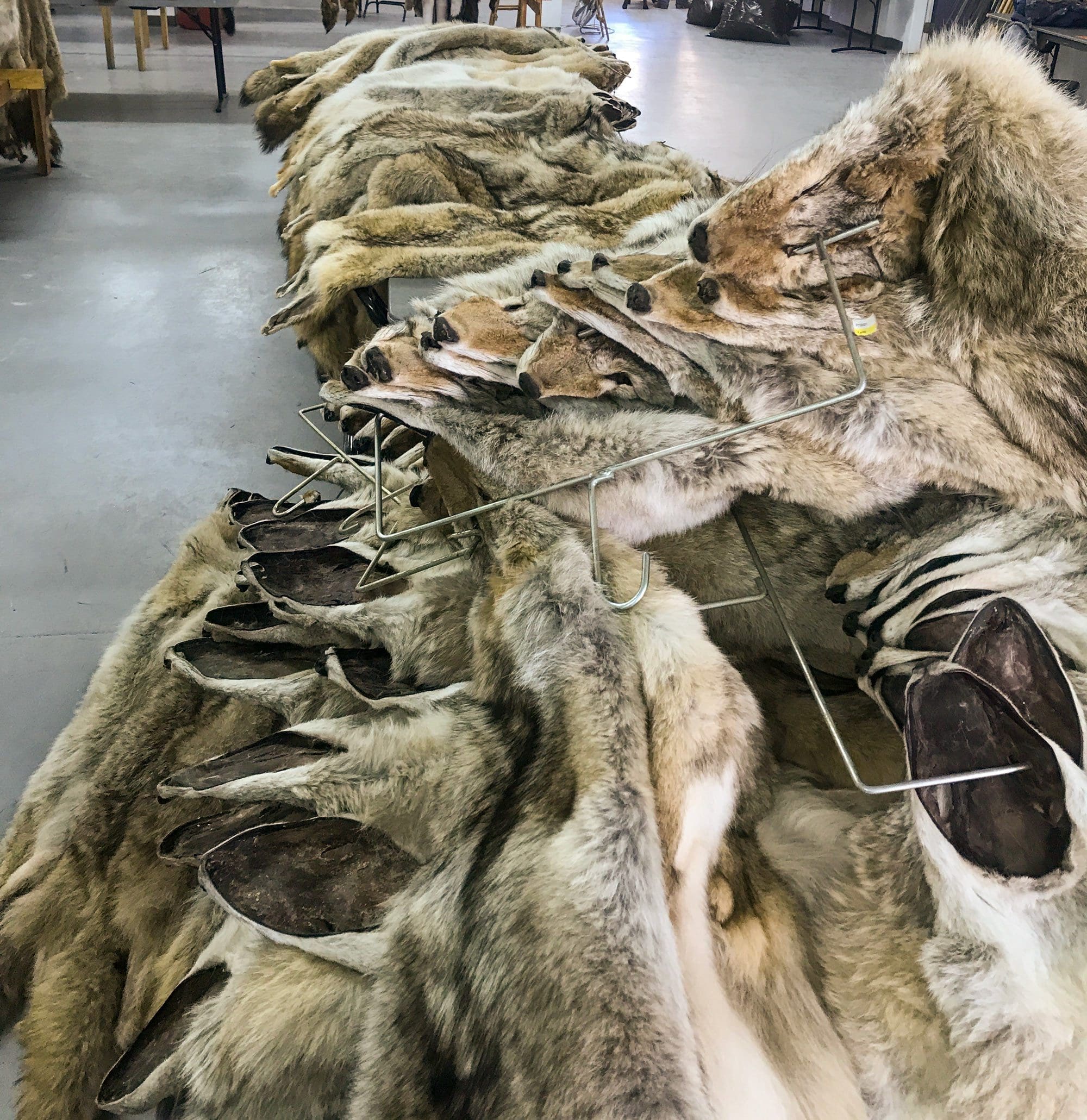
Pelts are placed on tables for grading.
My advice for getting started is to just wash any muddy or bloody hides in cold water with a hose or in a tub until the fur is clean and then dry it before putting on a stretcher. Blow dryers stolen from my wife are often re-found by my wife in my fur shed. To save yourself trouble, it’s usually best to buy one to just use on furs. Once dried, I will usually use a comb or brush to make a nice fur even better looking.
If you have a beautiful pelt with a hole from a bullet or broadhead, it’s advisable to sew it up while the pelt is still green (before it’s put on stretcher).
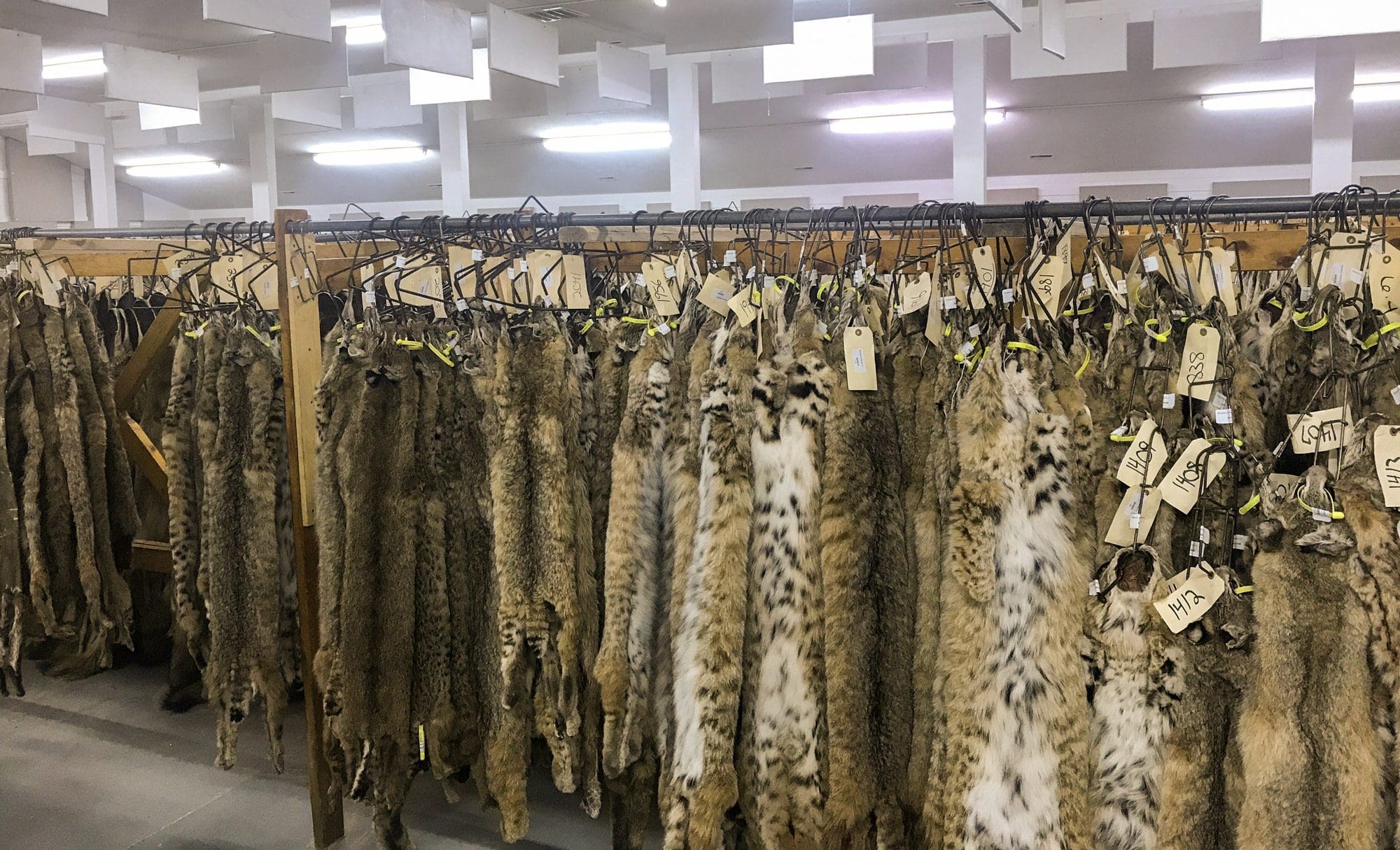
Racks of graded pelts at the auction. Pelts are sorted by species and grade prior to the auction.
Dried pelts kept in a clean, dry, bug-free environment can last for months or even years before you sell them. Protect your furs from mites, moths, and other nasty bugs, so be careful where you store them. If you need more instruction or want to watch the entire process in detail, remember to visit my YouTube channel. I have YouTube videos of skinning and prepping hides that will be valuable to you.
Keeping the Tradition Alive
Although you probably won’t get rich selling furs, it’s a great way to earn some extra money while keeping an old way of life alive. Few things are more rewarding and more handsome than a pile of well-prepared hides.
So, learn to skin, dry, and sell your own hides. It’s a dying art and one that should be remembered, practiced, and passed on to future generations.
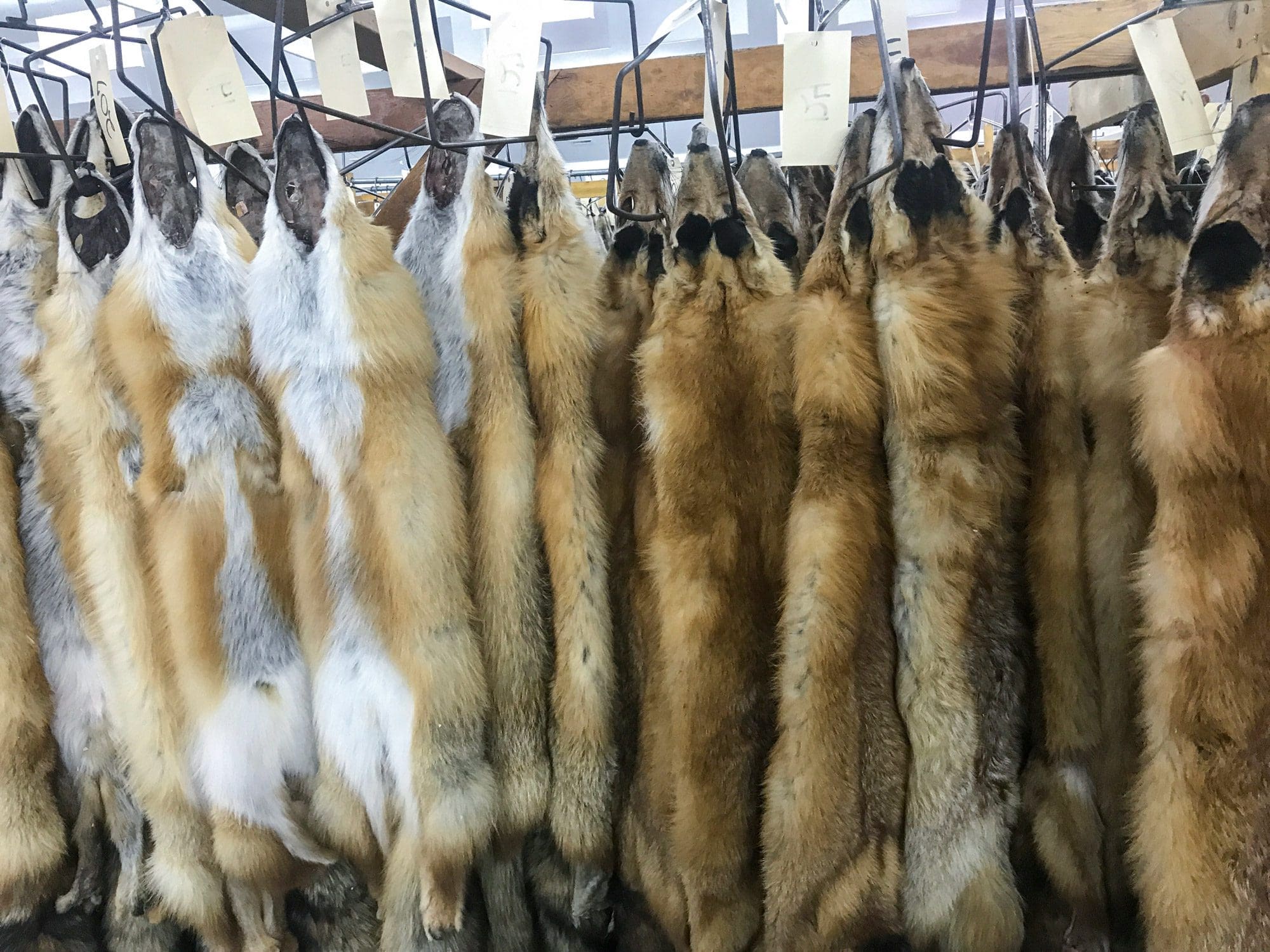
Pelts ready for sale at the fur auction.




